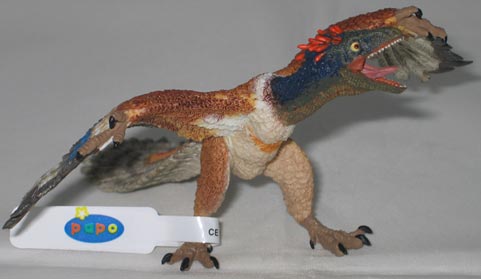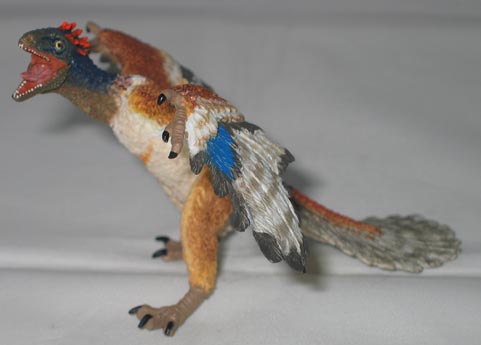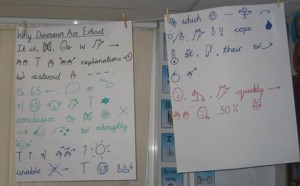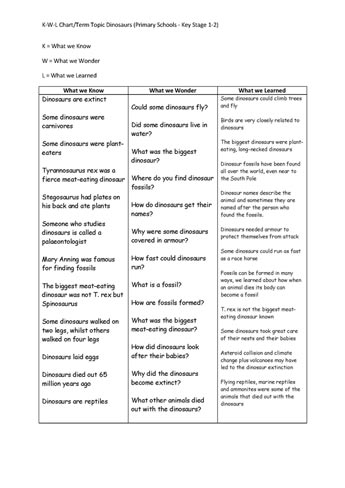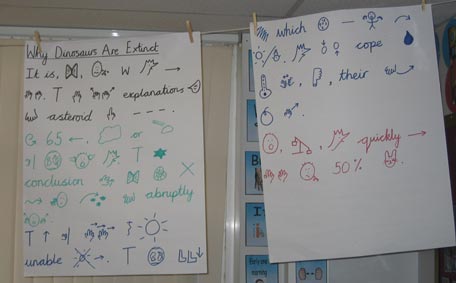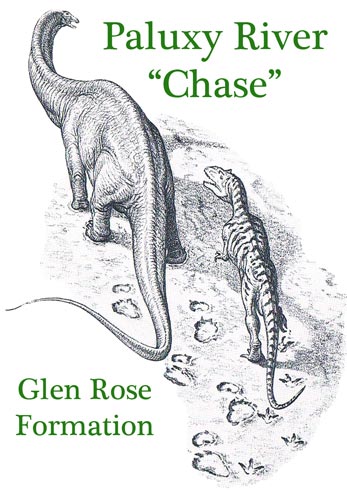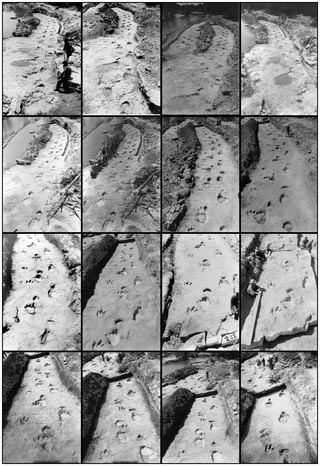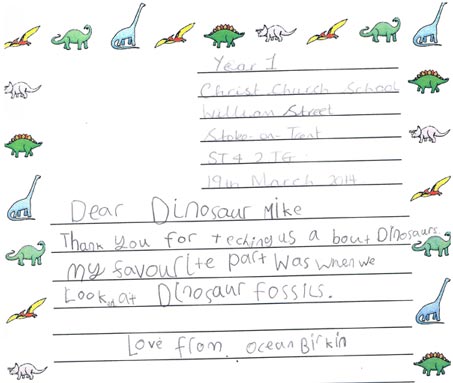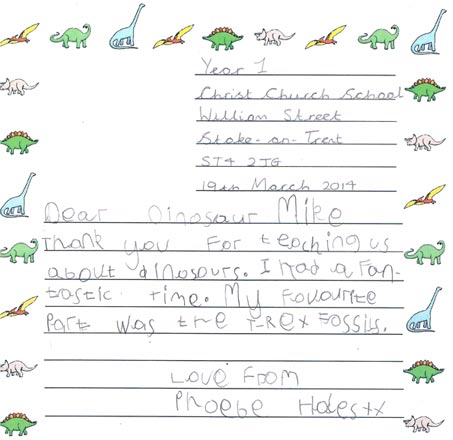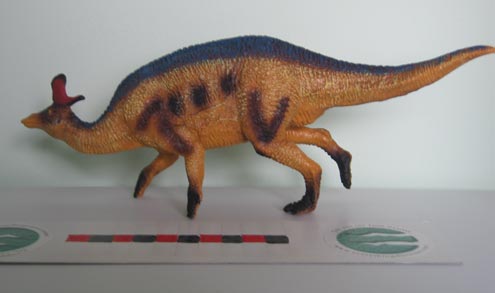New Papo Archaeopteryx Model – A Review
A Review of the 2014 Papo Archaeopteryx Model
The first of the new for 2014 prehistoric animal replicas to be released by Papo is this excellent model of the Late Jurassic “dino bird” known as Archaeopteryx. Although no longer regarded as the “earliest bird” from the fossil record, as recent discoveries from north-eastern China have challenged Archaeopteryx’s taxonomic position in the Aves Order, the dozen or so fossils of this Late Jurassic creature remain some of the most studied vertebrate fossils to have ever been found.
Papo Archaeopteryx Model
Named and described back in 1861, just two years after Charles Darwin had published the first edition of the “Origin of Species”. Archaeopteryx is described as a transitional fossil between the reptiles and birds. The fossil evidence reveals that Archaeopteryx had characteristics associated with a bird but it also retained a number of reptilian features.
Papo Archaeopteryx Model (New for 2014)
Picture Credit: Everything Dinosaur
Designed by Papo
The design team at Papo have been keen to reflect a lot of what is known about Archaeopteryx in their hand-painted replica and to also mirror some of the very latest research into this creature whose fossils have been found in southern Germany (Solnhofen). For example, the figure is posed with its jaws wide open, permitting the teeth, so reminiscent of a small theropod dinosaur to be prominently displayed. The three-fingered claws on each wing are clearly visible and the claws themselves are strongly curved just like in the fossil material.
Looking at the Head
As for mirroring some of the very latest research, a close up of the dinosaur-like head reveals that the eyes are quite large, again reflecting the fossil data, but also the pupils are rounded. Recent studies of the sclerotic rings, the ring of bones found in the eye socket of Archaeopteryx, indicate that this animal was very probably diurnal, that is, it was active during the day and it very probably had excellent colour vision. Hence the bright, quirky plume of red coloured quills that project from the back of the skull – great for species recognition when you possess colour vision in what was largely still a green and brown world.
Papo Archaeopteryx Figure
The Papo Archaeopteryx model measures approximately twelve and a half centimetres in length, from the tip of the jaws to the end of its fan of tail feathers. The head itself, is around seven centimetres off the ground. We estimate that this replica is in approximately 1 to 5 scale, based on fossil measurements that indicate that this creature was around the size of a modern day Magpie.
The paintwork is excellent, and a wide variety of colours have been used. This marks a change for Papo as the rest of their prehistoric animal model range tends to be painted in one or two dominant colours. Here we have bronze coloured feathers, contrasting with feathers painted white and light grey, even feathers showing a flash of azure blue with the top of the scaly neck painted an almost navy blue colour.
Plenty of Detail
The detailing is superb with individual scales and feathers picked out on the model. Perhaps, the quality of this model is best demonstrated by examining the underside of the tail, an area often neglected by other model making companies. Here even the individual structure of feathers can be made out.
Unlike the majority of Papo’s carnivorous dinosaurs the jaws do not move, the reason for this is simple, when working with Papo we were told that the jaws proved too small to articulate, however, the fine detail of the mouth and the skull more than makes up for this.
An Excellent Papo Archaeopteryx Prehistoric Animal Model
Picture credit: Everything Dinosaur
All in all, this is an excellent model of an Archaeopteryx and one that is a welcome addition to the Papo model range, it does have a great deal to commend it.
To view the Papo prehistoric animal models available from Everything Dinosaur: Papo Prehistoric Animal Replicas.


